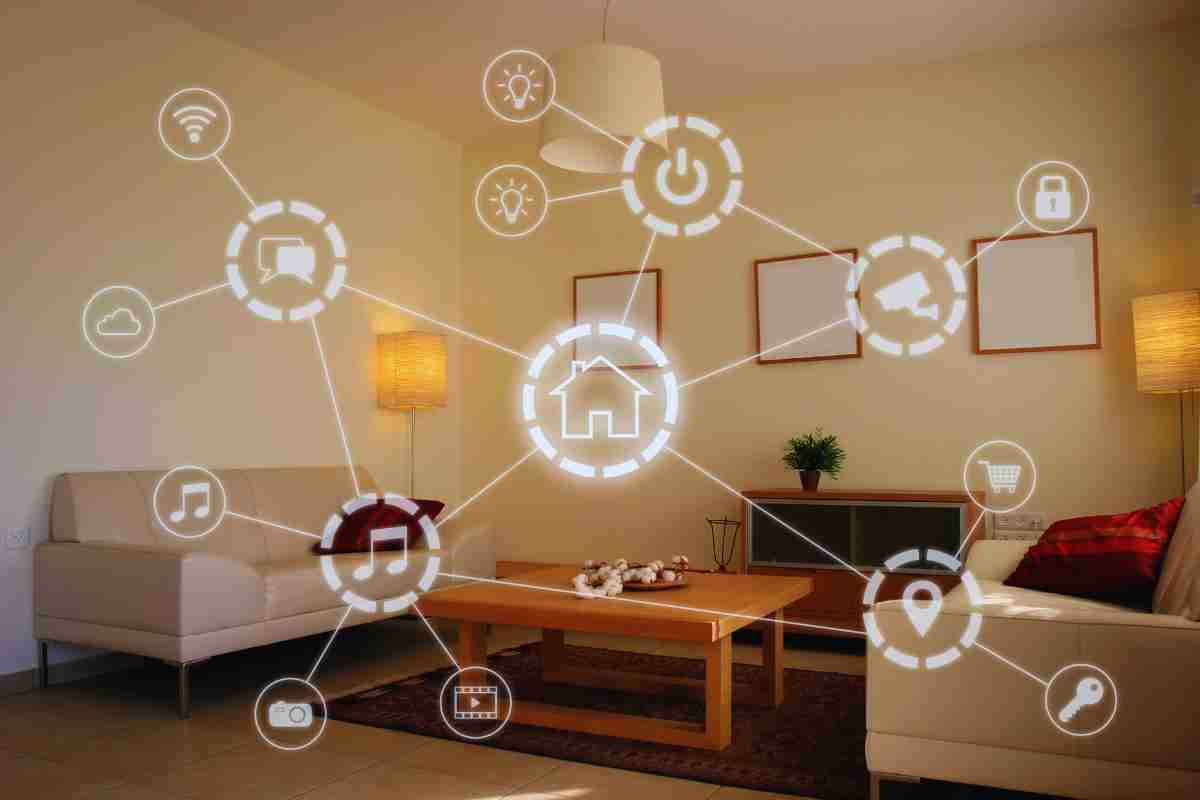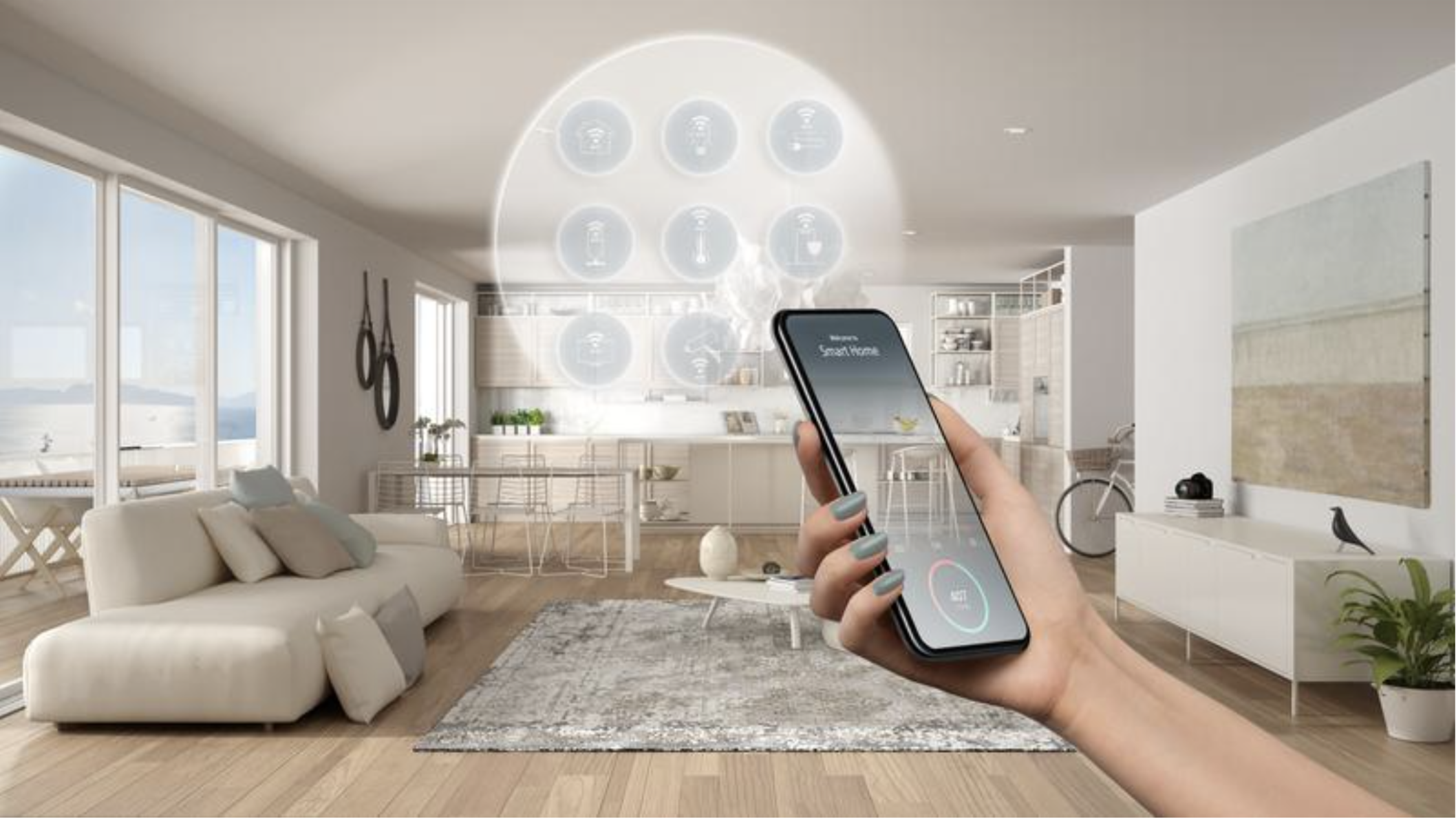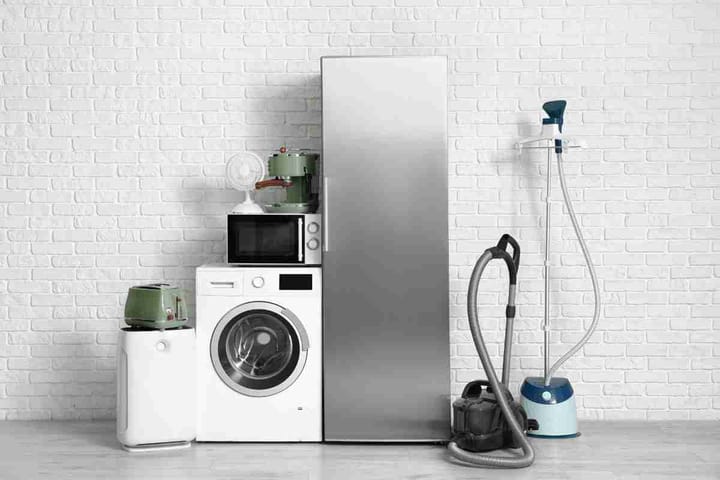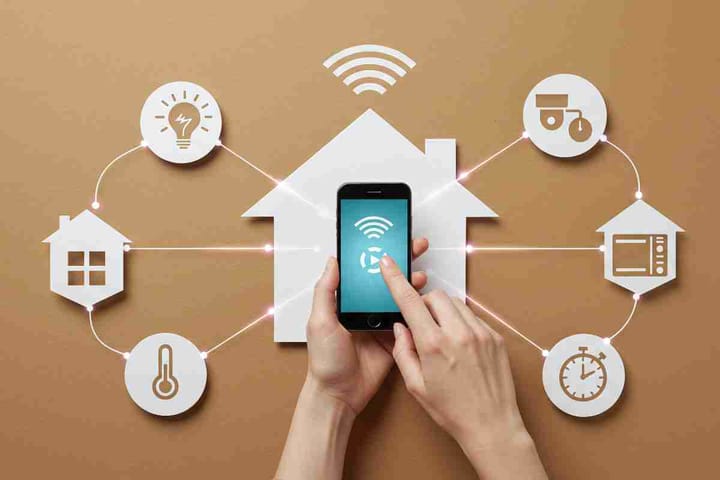Smart Home, Smart Choices: Where to Start with Home Automation
Smart homes are now practical and accessible. This guide helps you start your home automation journey with the right choices for your needs and budget.

The idea of a smart home once felt like science fiction—a dream reserved for luxury estates and futuristic films. But today, home automation is accessible, practical, and increasingly essential. Whether you're looking to increase convenience, boost security, save energy, or simply enjoy a more connected lifestyle, starting your smart home journey can be both exciting and overwhelming. With countless products, platforms, and features available, where should you begin?
In this comprehensive guide, we’ll walk you through the fundamentals of home automation, helping you make smart choices and build a system that suits your home, lifestyle, and budget.

Understanding Home Automation
Home automation refers to the use of technology to control and monitor household systems and appliances—such as lighting, climate control, security, and entertainment—remotely or automatically. Devices are typically connected via Wi-Fi, Bluetooth, or specialized smart home hubs, allowing users to control them through smartphones, tablets, voice assistants, or scheduled routines.
Benefits of Home Automation
Before diving into setup, it helps to understand why home automation is worth the investment.
- Convenience: Automate daily routines like turning on lights, adjusting thermostats, or brewing coffee.
- Security: Monitor your home in real time with smart cameras, door locks, and motion detectors.
- Energy Efficiency: Reduce utility costs with smart thermostats, lighting, and appliance management.
- Accessibility: Assist individuals with mobility challenges or busy lifestyles through voice and app controls.
- Peace of Mind: Get alerts for leaks, smoke, or unusual activity—even when you're away from home.
Start with a Strong Foundation: Your Smart Hub
If you're new to home automation, choosing a central platform or hub is a critical first step. This serves as the command center that connects and coordinates your devices.
Popular Smart Home Platforms:
- Amazon Alexa: Offers broad compatibility and a vast array of Alexa-enabled devices.
- Google Home (Google Assistant): Known for smooth integration with Google services and strong voice recognition.
- Apple HomeKit: Ideal for iOS users, offering enhanced privacy and seamless integration with Apple devices.
- Samsung SmartThings: A versatile platform with wide device support and automation features.
Choosing your platform depends on your current tech ecosystem (iPhone vs Android, for example), user interface preferences, and compatibility with the devices you plan to use.
Start Simple: Beginner-Friendly Smart Devices
Home automation doesn’t require a massive upfront investment. Start small with a few core devices and expand gradually.
1. Smart Speakers and Displays
These devices often serve as the main interface for your smart home system.
- Examples: Amazon Echo, Google Nest Hub, Apple HomePod Mini
- Why It’s Smart: Controls other devices, answers questions, plays music, sets reminders, and displays information.
2. Smart Lighting
Smart bulbs and switches offer one of the easiest and most impactful upgrades.
- Benefits: Remote control, dimming, scheduling, color changes, and voice commands.
- Examples: Philips Hue, LIFX, TP-Link Kasa
- Pro Tip: Choose smart switches if you want to control existing light fixtures without replacing bulbs.
3. Smart Thermostats
Optimize your heating and cooling systems for comfort and efficiency.
- Examples: Nest Learning Thermostat, Ecobee, Honeywell Home
- Why It’s Smart: Learns your habits, reduces energy usage, and lets you adjust temperature remotely.
4. Smart Plugs
Turn ordinary appliances into smart devices.
- Examples: Wemo Mini, Kasa Smart Plug, Amazon Smart Plug
- Best Uses: Lamps, coffee makers, fans, or holiday lights.
5. Smart Locks and Doorbells
Enhance security and convenience at your front door.
- Smart Locks: Lock/unlock remotely or with a keypad. (Examples: August Smart Lock, Schlage Encode)
- Video Doorbells: See, hear, and talk to visitors. (Examples: Ring, Google Nest Doorbell)
Building a Smarter Home Over Time
Once you’re comfortable with the basics, you can expand your system to include more sophisticated devices.
1. Smart Security Systems
Connect sensors, cameras, and alarms for comprehensive home protection.
- Features: Real-time alerts, cloud storage, remote viewing.
- Options: SimpliSafe, Arlo, Ring Alarm, Wyze
2. Smart Appliances
Refrigerators, ovens, vacuums, and washing machines are now smarter than ever.
- Use Cases: Preheat your oven from your phone, receive alerts when laundry is done, or let a robot vacuum keep floors clean on a schedule.
3. Smart Blinds and Curtains
Automated window treatments improve comfort and energy efficiency.
- Examples: Lutron Serena, IKEA Fyrtur, SwitchBot Curtain
- Integration: Sync with sunrise/sunset or room occupancy.
4. Smart Irrigation
Keep your lawn or garden healthy while conserving water.
- Examples: Rachio, Orbit B-hyve
- Smart Feature: Adjusts watering based on weather forecasts.
Prioritize Compatibility and Integration
Mixing and matching devices from different brands is fine—so long as they work together. Always check that new devices are compatible with your existing hub or voice assistant. Look for logos or labels that indicate support for your chosen platform (e.g., "Works with Alexa" or "Supports Google Assistant").
Privacy and Security Considerations
With increased connectivity comes increased responsibility. Here’s how to keep your smart home secure:
- Use Strong Passwords: Avoid default settings and create complex, unique passwords.
- Update Firmware: Regular updates patch security vulnerabilities.
- Two-Factor Authentication: Enable 2FA wherever possible for added protection.
- Router Security: Use a modern, secure Wi-Fi router with a strong password and guest network.
Budgeting for Your Smart Home
Smart home products range from affordable to premium. Start with a modest budget and prioritize features that improve your daily life. Over time, you can add devices as needs evolve and new technologies emerge.
Example Starter Budget:
- Smart Speaker: $50–$100
- Smart Bulbs (4-pack): $40–$80
- Smart Plug (2-pack): $25–$40
- Smart Thermostat: $100–$250
- Smart Doorbell: $100–$200
Final Thoughts
Starting your home automation journey doesn't have to be overwhelming. Begin with small, impactful changes—like smart lighting or a voice assistant—and gradually build a system tailored to your lifestyle. Focus on compatibility, prioritize security, and embrace the convenience that comes with a connected home.
With smart home technology becoming more accessible and user-friendly, 2025 is the perfect year to transform your house into a smarter, more efficient, and more enjoyable place to live. Remember: smart homes aren't just about gadgets—they're about creating a better, more personalized way of living.




Comments ()